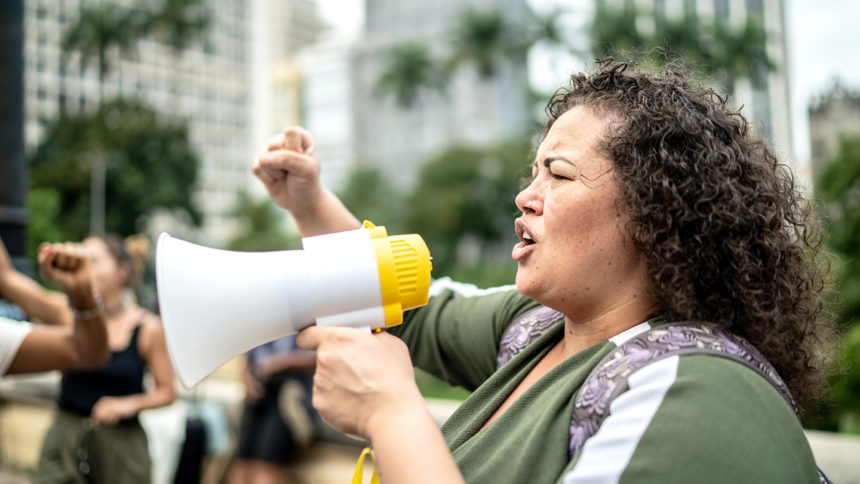
Newfound labor power has trended upward this summer in the skilled nursing and long-term care sectors, causing further headaches for already strained operators
Whether workers are voting on strikes, actually striking, or avoiding strikes through successful negotiations with providers, employees are leveraging operators’ need to staff up and stay open.
The harsh conditions for workers during COVID-19 and perceived employer reactions to them have spurred some of the unrest as well, said Mark Tabakman, a labor and employment lawyer who handles both union and non-union matters for employers across the country.
“We are seeing a distinct uptick in organizing in healthcare,” said Tabakman, a partner at Fox Rothschild. “COVID, I believe, is a big factor as healthcare workers complained constantly about understaffing and long hours of work with little appreciation by management. Unions were adept at picking up on these themes and preached ‘safety’ and ‘health’ as big issues for these workers. The unions capitalized on these issues and fears.”
About 13.5% of healthcare practitioners were represented by unions in 2020 and 2021, according to the Bureau of Labor Statistics.
Nursing home labor activity recently spiked in the Northeast, but there also was a labor win in Los Angeles and a threatened strike of 15,000 nurses in Minnesota. In addition, more than 6,000 healthcare workers employed by Kaleida Health in western New York, including many at skilled nursing facilities, will vote in mid-September on whether to authorize a strike.
“Workers across the Kaleida Health System have been raising concerns about chronic understaffing as Kaleida has more than 800 vacancies it must fulfill to cover open jobs and 436 to meet the state’s new staffing law requirement,” said a statement from 1199SEIU United Healthcare Workers East.
Earlier this week, workers who are members of SEIU Healthcare Pennsylvania and Guardian Healthcare reached a tentative contract agreement that ended plans for strikes at 10 facilities. However, union workers from SEIU Healthcare PA are still in negotiations with about 20 other homes that are owned by Comprehensive and Priority. Some could strike as early as Friday.
Unions and providers came together on terms earlier this year to help the state pass a historic Medicaid funding increase. The union appears to be opening new lines of argument, said Zach Shamberg, president and CEO of the Pennsylvania Health Care Association.
“To be clear: new demands need to be supported with funding,” Shamberg told McKnight’s on Wednesday. “And to meet every new demand, at least those outlined in negotiations thus far, our state legislature and governor would have needed to double the amount of funding allocated to long-term care — of which a single dollar has yet to be distributed.”
Pennsylvania’s providers agreed to increased staffing and new funding accountability, Shamberg pointed out.
“This is how good faith is built in partnerships, especially when the funding is there to support new initiatives,” he said. “The state will ensure those provisions are honored, and now it’s up to the union to follow-through with their end of the bargain.”
Tabakman said in addition to staffing needs and resentment from conditions at the height of COVID, the federal government’s pro-labor stance makes for fertile union grounds.
“The Biden NLRB is distinctly pro-employee and pro-union, and is making it easier for unions to organize,” he said. “This president has stressed many times that he is a ‘friend’ to labor and his policies are pacing the way for easier organizing.”




